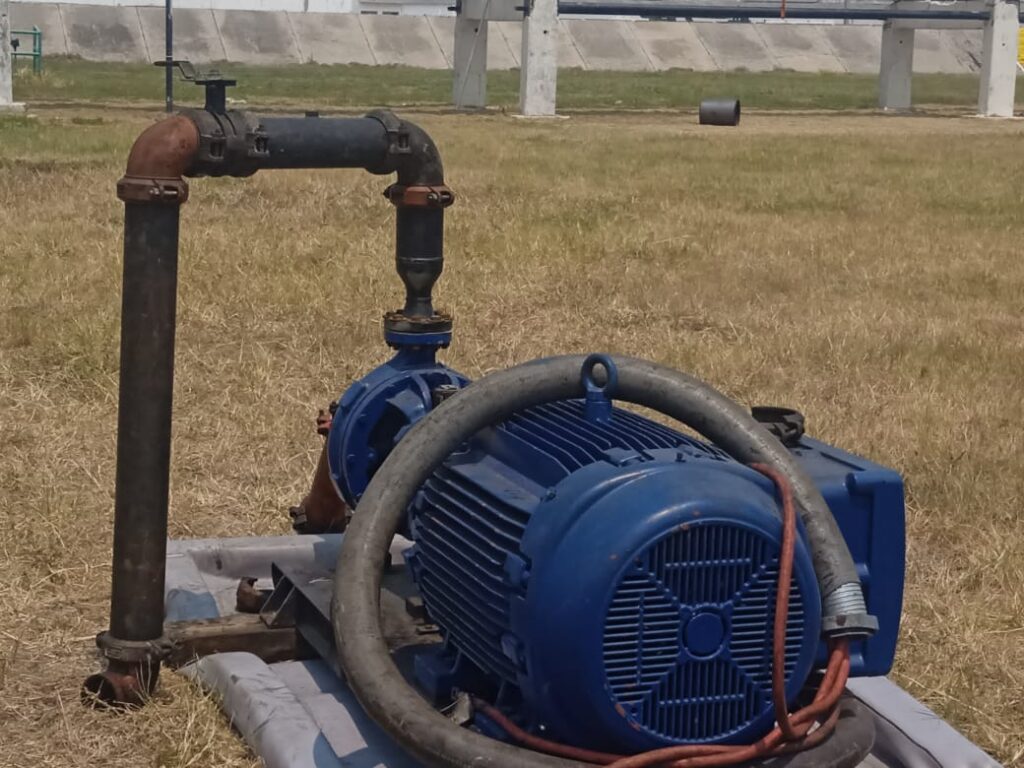High Levels of Sediment in Storage Tanks.
Platform and Structure Maintenance
Introduction:
Storage tanks are key components in various industries, from oil and gas to chemicals and food. However, one of the most common challenges these tanks face is the high level of sediment that accumulates over time.
In this article, we will explore the storage-related problems caused by high levels of sediment in storage tanks, their causes, and the available solutions to address this issue.
1. Causes of Sediment Accumulation in Storage Tanks:
a. Substance settling: Many stored liquid products contain sediments that settle at the bottom of the tank over time. These sediments may include solid particles, sludge, organic and inorganic waste, among others. It’s important to consider platform and structure preservation.
b. Corrosion and oxidation: Internal corrosion in tanks can release particles that settle at the bottom. Likewise, metal oxidation can also generate sediments.
c. External contamination: Tanks can be affected by the entry of foreign materials such as dust, soil, sand, or other contaminants that later settle at the bottom.
2. Impacts of High Sediment Levels in Storage Tanks:
a. Reduced storage capacity: Sediments occupy useful space inside the tank, reducing the available capacity for the main product.
b. Measurement and control issues: Sediments can interfere with measurement and control systems, making it difficult to obtain accurate data on the quantity and quality of the stored product.
c. Risks to tank integrity: Accumulated sediments can cause further corrosion and damage the tank’s structure, potentially leading to leaks or failures.
3. Solutions to Address the Problem of High Sediment Levels:
a. Regular cleaning and maintenance: Periodic cleaning of tanks is essential to remove accumulated sediments. Mechanical, chemical, or a combination of both methods can be used for effective cleaning.
b. Filtration and separation: Installing filtration and separation systems in tanks can help capture sediments and prevent them from mixing with the stored product.
c. Quality control programs: Implement quality control programs to monitor sediment presence in tanks and take preventive measures before levels become critical.
d. Education and training: It is important to raise awareness among personnel responsible for tank handling and maintenance about the importance of controlling and mitigating sediment accumulation.
Conclusion:
Sediment accumulation in storage tanks poses a significant challenge for industries that rely on these systems. Platform and structure maintenance helps reduce storage capacity loss, measurement and control issues, and the risks to tank integrity—some of the consequences of high sediment levels.
However, through the preservation of platforms and structures, and by implementing solutions such as regular cleaning, filtration and separation, quality control programs, and staff education, it is possible to mitigate this issue and ensure efficient and safe storage of products.

